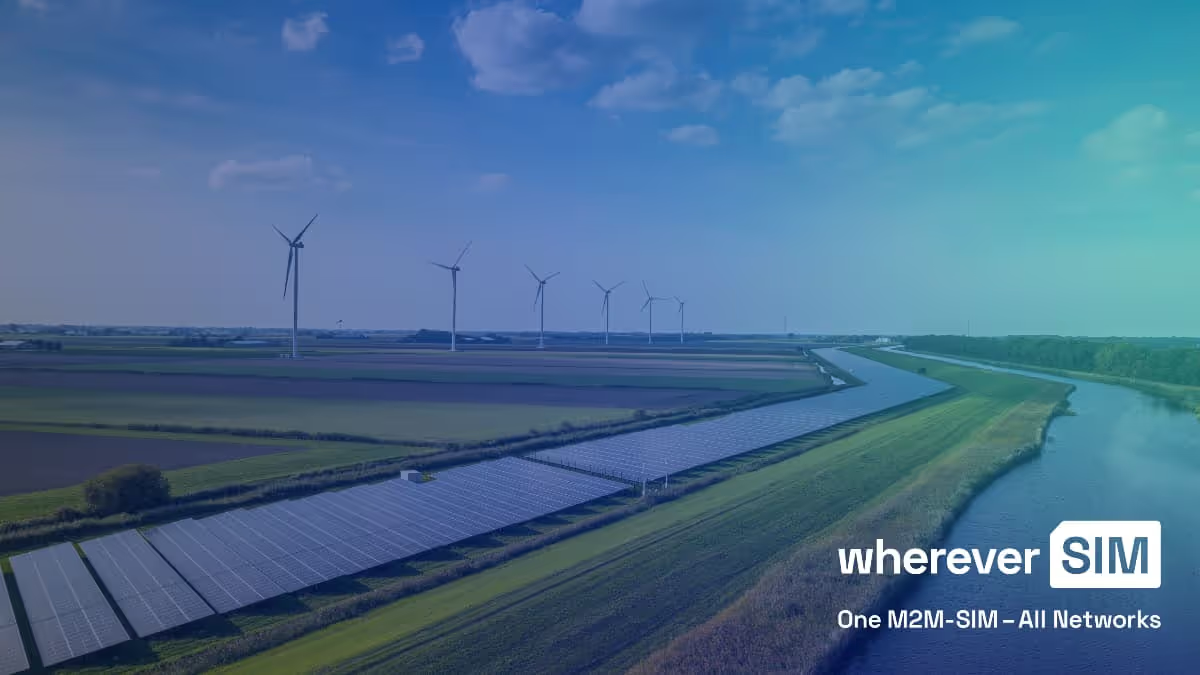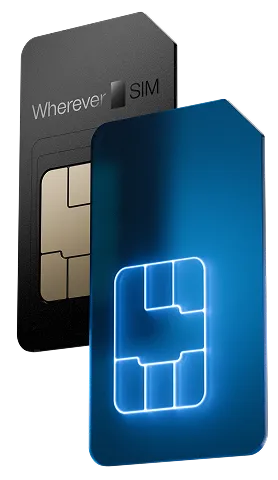Network operators around the world are pushing ahead with the expansion of 5G technology. The mobile communications standard builds on the existing LTE standard and will set a new course for the Internet of Things (IoT). One real added value of 5G for IoT communication, for example, is the low latency times. You can find out more about what this means in this article.

Low latency as a real advantage of 5G
Imagine this: You are supposed to react to something, but everything you see is perceived with an actual delay of at least 30 milliseconds. That doesn't sound like much at first. But would you be able to catch an object that is thrown at you? In practice, this proves to be extremely difficult. Yet 30 milliseconds is the standard delay (latency) for data transmission via LTE in the current 4G network. This delay would be too long for applications such as autonomous driving, where every millisecond counts. The new 5G mobile communications standard, which is being expanded all over the world, can remedy this situation. Ideally, the latency of the new standard is just one millisecond, i.e. one thirtieth of the LTE standard. This makes it possible, for example, to exchange sensor data almost in real time and implement applications where a delay cannot be tolerated. In addition to autonomous driving, other examples include telemedicine or production robots that interact with each other or with people.
Higher bandwidth and more network subscribers
In addition to the shorter latency, 5G offers two other important developments for the IoT trend. A larger available frequency range (in the 3300 - 3800 MHz range) creates a higher capacity. In conjunction with the so-called MIMO method (Multiple Input, Multiple Output), multiple data can also be transmitted on the same frequency. This means that significantly more end devices can be connected to a single radio cell (factor 500) and bottlenecks at busy locations can therefore be significantly reduced. The consistent connection of the 5G radio cells to the fiber optic network and a wider usable frequency range per end device also enable a significantly higher bandwidth. Although the gigabits per second (125 megabits per second) often quoted by mobile network operators can theoretically be achieved, a high 200-300 megabits per second is still realistic.
The physics with 5G already exhausted
The low latency of one millisecond will initially only be achieved in laboratory situations and refers in particular to the transmission between the end device and the 5G radio cell. Since the largest share of the total latency does not occur on the path of the data between the radio cell and the end device, but in the downstream network traffic (e.g. via cloud or internet), there is another trend in so-called edge computing. This means that data is processed as close as possible to the end device in order to minimise the transmission time between processing servers. Nothing is faster than the speed of light (approx. 300km per ms), so that in purely physical terms 150km per ms can be covered for the up-and-downstream. This consideration alone suggests that 5G has already exhausted what is physically possible and that further developments will be necessary, especially in the direction of edge computing. As a mobile network provider, regional breakouts into the internet are advantageous here. This means that access to the internet for a server in Frankfurt, for example, does not first run via the USA.
5G in the near future
If you look at the status of the expansion of Deutsche Telekom's current 5G network, you can see that there is already relatively broad coverage. However, there are still some gaps, especially in rural areas and in the east of Germany. Whether 5G will be established in rural areas in the medium term remains to be seen. It can be assumed that the expansion of fibre optics in sparsely populated areas will not be pushed by the network operators and that the advantages of the new 5G network for real-time applications will be limited, so that coverage in the 4G network should be sufficient.
M2M SIMs with 5G from wherever SIM
With some of our M2M SIM cards, you can already establish a connection to the 5G network today thanks to existing roaming agreements with the first mobile network operators. Please take a look at our current coverage list. In general, we are currently in negotiations with the network operators for 5G agreements for all our M2M SIMs.
As soon as we have new information on 5G support for our M2M SIM cards, we will inform you in the usual ways in the form of our coverage update. This much can be revealed: from a technical point of view, if your devices are 5G-capable, you don't need to do anything else. Our SIM card will directly support the new standard from the time the roaming agreements become available, so the SIM does not need to be replaced or reconfigured.





